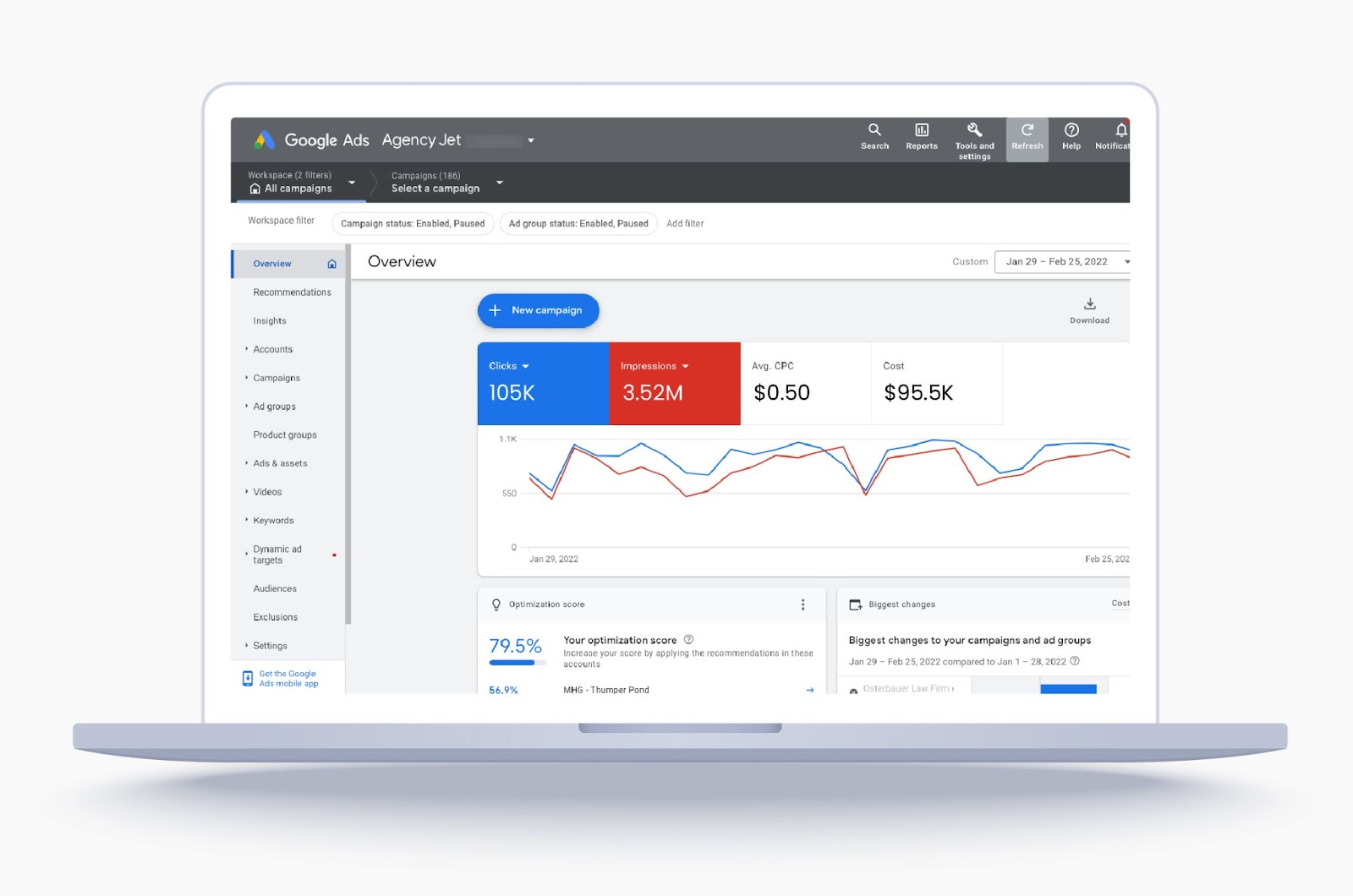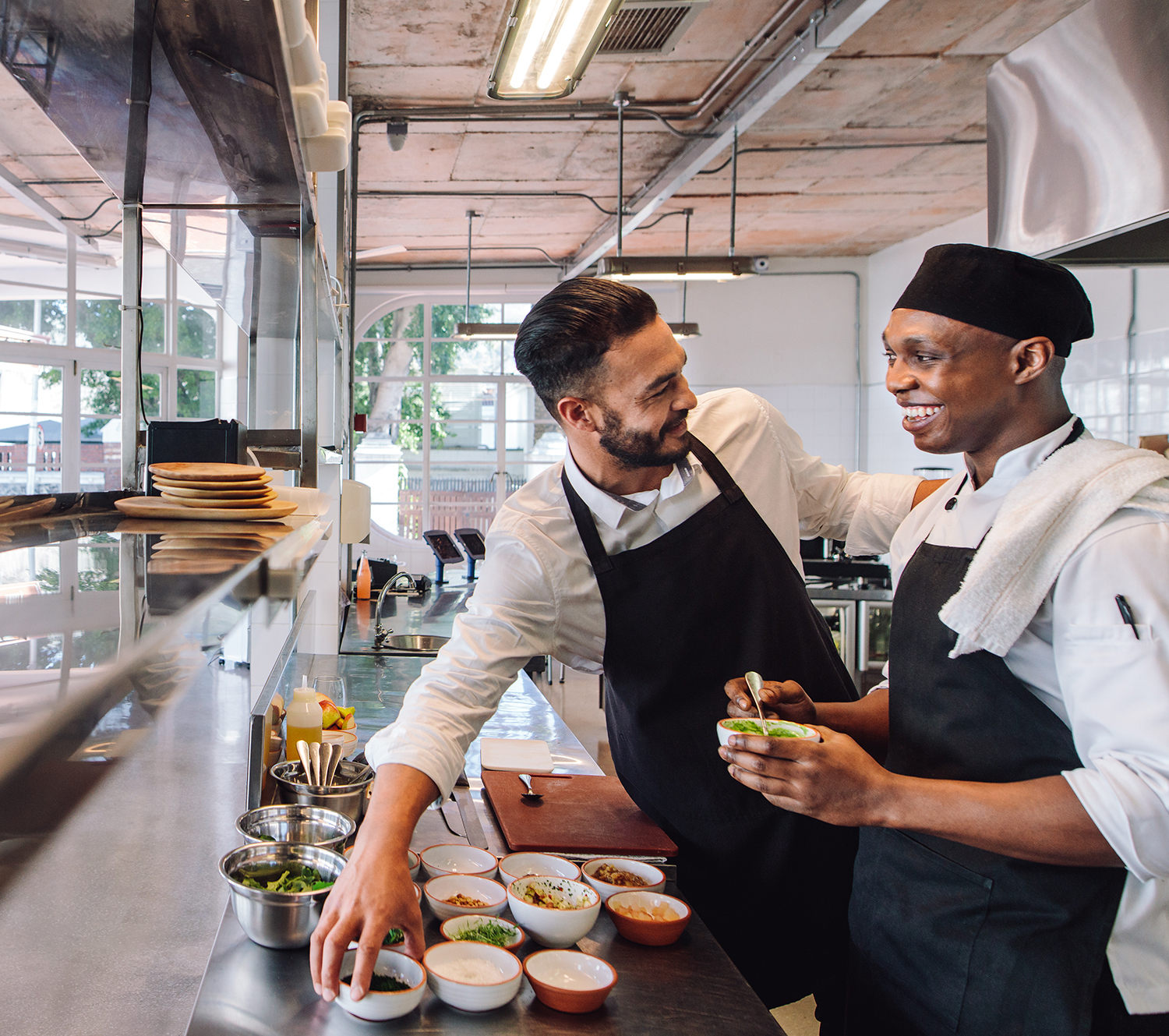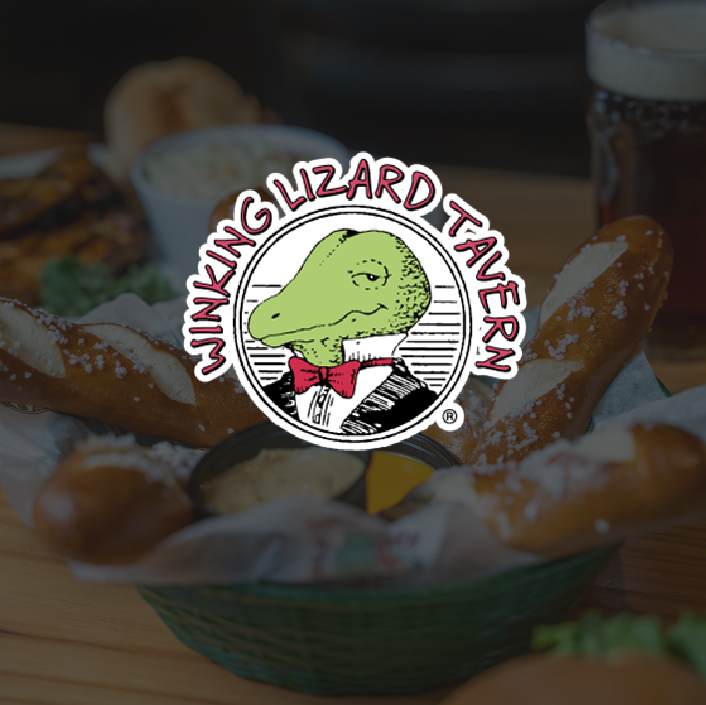
Paid advertising for local restaurants: A recipe for success

In today’s competitive food scene, when guests can choose from endless dining options both down the block and at their fingertips, having a smart marketing strategy has never been more important. What makes a strategy effective is to employ both organic (unpaid) communications and paid advertising so that you are reaching your guests in different ways and at different stages of their customer journey.
Paid advertising – which is what we're focusing on in this article – has a lot of sweet benefits to your business, from better brand visibility to more targeted reach and faster results. Plus, it amplifies the work you’re already doing to build buzz via your organic efforts.
But just like with any marketing effort, there are a variety of factors to focus on before launching your paid advertising campaign if you want to get the most bang for your buck. Oftentimes, that also means working with a marketing consultant who has industry expertise and can help you more quickly reach your goals.
Identifying your target audience

The first thing you’ll want to do when pondering paid ads is to determine your target audience. While it may be tempting to want to reach as many people as possible, paid ads are most effective when targeting a specific type of guest who is most likely to be influenced by your ads.
For example, are you a more family-friendly establishment? Are to-go diners your sweet spot? Do you entice late-night guests? Digital platforms enable you to target very specific demographics, so knowing who it is that you want to reach will make your ads all the more powerful.
Consider also using customer feedback, reviews and analytics to help guide you on the type of audience that visits most – or the audience you’d like to see more of. This is where a marketing consultant can be clutch, because they know the right tools to use to determine who to target with digital ads that would benefit your business the most.
Choosing an effective bidding strategy
Once you’ve determined your ideal demographic, your next step is to choose the right bidding strategy that achieves your marketing goals. But let’s back up for a second to better understand what bidding means in this context. When it comes to digital advertising, bidding refers to how much you’re willing to pay for people to see or interact with your ad.
According to Google, which uses bidding for ad placement, “Google Ads runs an auction every single time it has an ad space available – on a search result, or on a blog, news site, or some other page. Each auction decides which ads will show at that moment in that space. Your bid puts you in the auction.”
So when considering what ad space to bid on, you’ll want to determine your specific campaign goals, such as getting more clicks, driving traffic, or increasing awareness. Then, you’ll choose the option that best fits those campaign objectives, including cost-per-click (driving traffic), cost-per-impressions (awareness building) or smart bidding (conversions-focused).
A marketing consultant can do the heavy lifting here by working directly with Google or other digital ad platforms to ensure you’re getting the right ad placements at the best value.
Creating compelling ad content

Your ad creative is what grabs your guests’ attention and entices them to learn more about what your restaurant offers. There are a few meaningful ways to make your digital ads stand out, including:
- High-quality photos or videos of your best dishes or your alluring atmosphere
- Concise calls to action, such as “order now” or “book a table” (which then links to your website)
- Promotions or limited-time offers to create a sense of urgency
- Customer testimonials that give insight into real experiences at your restaurant
Marketing consultants, especially those with restaurant expertise, can be valuable partners in the creation of your creative because this is literally their bread and butter. They’ll guide you on not only which creative to use to reach your goals, but when and how to update creative to keep things fresh.
Setting up tracking to measure success

As with any type of campaign, paid or not, measurement is important in order to know what’s working and what’s missing the mark. There are three main metrics to keep in mind when it comes to paid advertising—impressions, clicks, and conversions.
Impressions represent how many people see your ad, so even if they don’t click on the ad, you’re still building brand awareness with your target audience. Clicks are measured when someone clicks the ad, indicating they’re interested in gaining more information about your business. Conversions are the actions that probably come to mind when you think about return-on-investment (ROI). These are actions that measure when someone takes steps that tie to real revenue, like making a reservation, placing an online order, signing up for your email list, or submitting a catering inquiry.
As important as tracking these metrics is, setting them up can get pretty complicated. From using UTMs to setting up tag containers, working with an expert can ensure your reporting is set up quickly and accurately so you can measure the impact of your paid strategy right away.
Taking a bite out of the digital ad space
Paid advertising can be one of the most effective ways to boost visibility, bring in new guests, and promote all the things that make your restaurant special. But it works best when it’s part of a bigger marketing recipe, and it’s guided by experts in the restaurant marketing space.
Popmenu recently launched a Google Ads management service, where our client marketing consultants run paid campaigns on your restaurant’s behalf. Not only does working with Popmenu simplify the process from start to finish, but we work with you on your terms and timeline, whether you want the service for a month, a quarter, or a full year. And with a team of consultants who live and breathe restaurant marketing, we’ve got a proven framework for success.





.jpeg)






